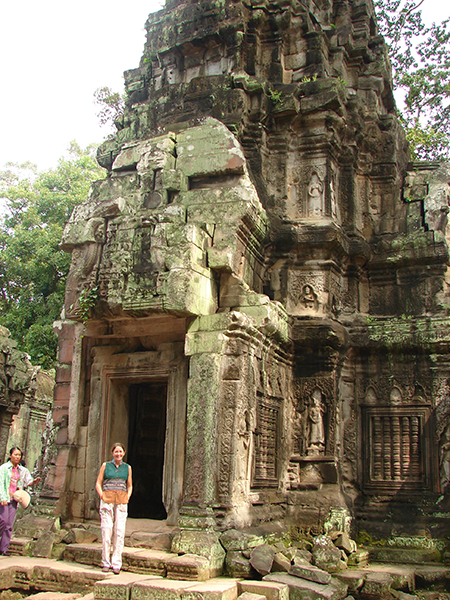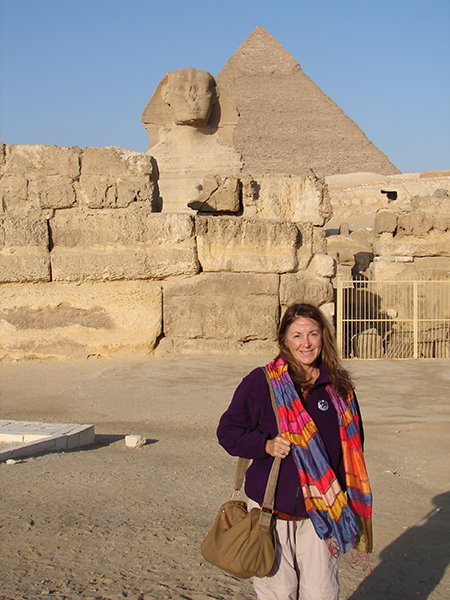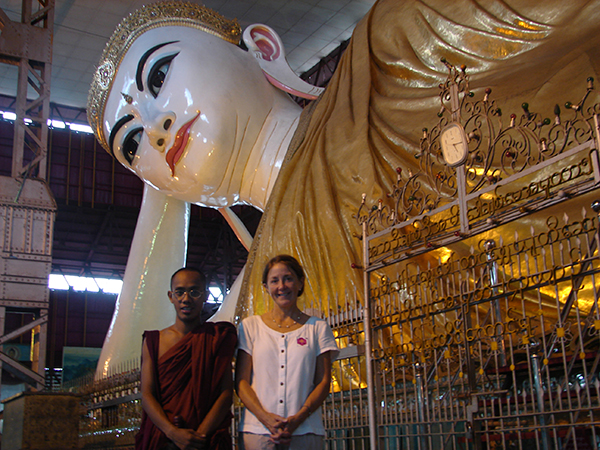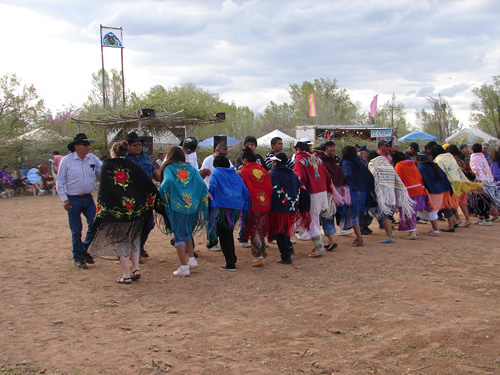Sally McBeth
About me
I am a cultural anthropologist whose areas of specialization include Native American studies, multicultural and women's studies, folklore/oral history/life history, field methods in cultural anthropology, religion, and cultural interpretation. I have worked with the US Forest Service, Bureau of Land Management, and National Park Service (Rocky Mountain National Park and Colorado National Monument) to integrate Ute perspectives into the cultural interpretation of these government agencies' lands. I have worked with Native peoples in Oklahoma, North Dakota, Minnesota, Vermont, Wyoming, Colorado, Utah, and the Maya in Quintana Roo, Mexico. Below are some of the places I've traveled and projects I have worked on. You can learn more about my work using the links to the right.
- Jose Maria Morelos: January – May 2015 in, Quintana Roo; Yucatan Peninsula
My pueblo, Jose Maria Morelos, has a split personality; both friend and foe. Sparse, gritty, authentic, it was what I wanted for an immersion experience. Children play with tops and home-made kites, few people own cars, nearly everyone sleeps in a hammock and they have little furniture, the police direct traffic (but there is little traffic to speak of), blind and disabled people beg on the streets, Pentecostal and Evangelical church services occur nearly every night of the week in backyards, abandoned buildings, and store fronts. However, there were only a handful of English speakers in the city (of about 12,000), and while I got a start on learning Spanish, I have a lot yet to learn.
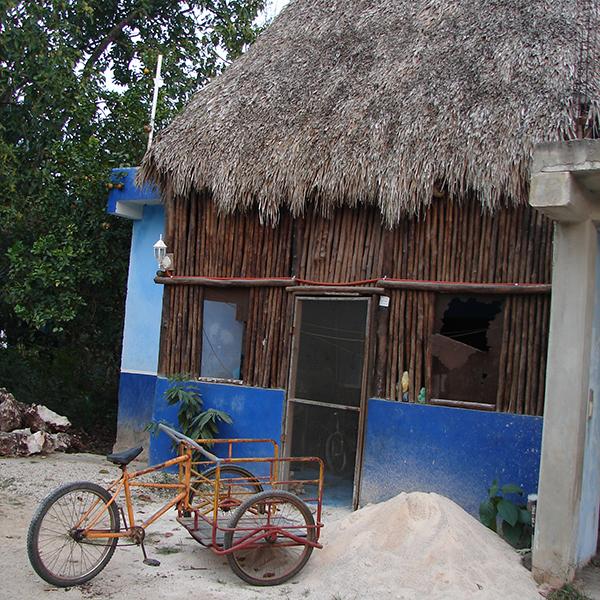
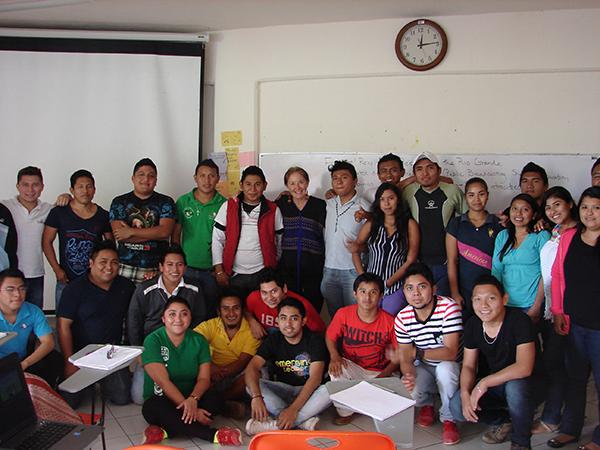
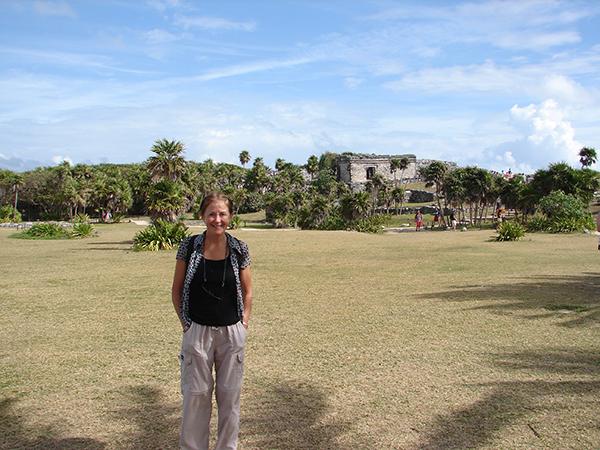
As my last sabbatical, the four months that I was in Jose Maria Morelos afforded me time to weave my thoughts about what my future tapestry will look like. I taught myself to endure a great loneliness, isolated as I was due to the language barrier. I studied Spanish every day while I was there, and by the end of my time there, I could make myself reasonably well understood in the simplest of situations. But I was unable to understand what was being said to me. That said, I am continuing to practice.
Abril, (Margarita de Abril Navarro) was my rock throughout. And even though we could not communicate about the most important things (emotions, relationships) we became close friends. My Mayan friend at the library, Maria, wondered why I only had one name. Porque usted tiene solo un nombre?
I lived on the corner of Calle Cinco de Mayo and Calle Vicente Guerrero in an apartment complex with a beautiful garden that I never saw anyone except the gardener in. During my first month in Morelos, I spent time at la Universidad Intercultural Maya de Quintana Roo. I was given an office (to be shared with two other faculty), but never used it, preferring to sit outside at the cafeteria and study. But I soon learned that neither students nor faculty had the time to practice the language with me, so I moved my operation to the public library and to the streets of my town. I got to know many people: all of the vendors at the market, and the owner of the hardware story. The postman (Marcelo) and his family practiced English with me every week and Fernando (the Mayan farmer who sold his oregano plants and radishes from his bicycle) and I were street-amigos, but I could not get much beyond how are you; are your children well? Maybe I will go back, buy a pick-up truck, and help Mayan organic farmers get their produce to niche markets.
- Pilgrimage and Sacred Sites in the Plains
For the last 7 years, I have been researching pilgrimage and sacred sites in the Plains area. The purpose of this research is to examine and analyze the ways that humans understand manifestations of the sacred in landscape and place. The focus of this research project is to personalize the topic by asking pilgrims and visitors (Native and non-Native) to selected sacred sites in the Northern Plains what has brought them to these places. I have made numerous visits to Devils Tower (WY), the Bighorn Medicine Wheel (WY), Sand Creek Massacre Site (CO), Bear Butte (SD), and the Wounded Knee Massacre Site (SD). Writing is ongoing.
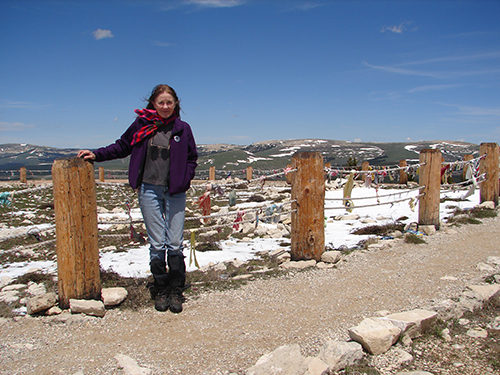
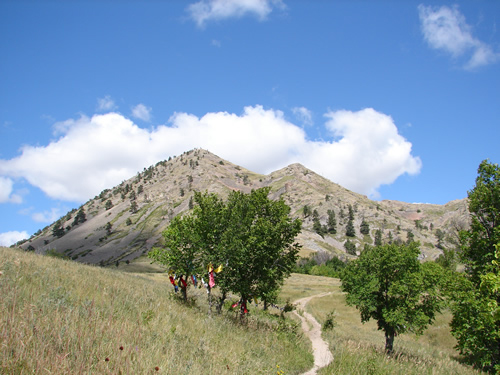
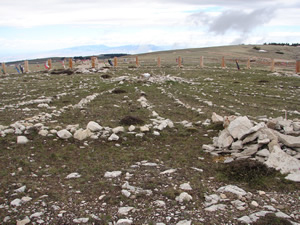
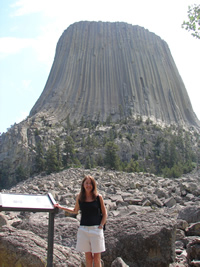
- Ute Bear Dance
Based on years of fieldwork with the Ute and attendance at numerous spring Bear Dances, my 2015 article, "The Bear Is Our Protector," focuses on the 21st century Northern Ute Bear Dance. A uniquely Ute spring social dance, the Bear Dance has seen little change in the past 200-plus years. Based on a mythical encounter between a she-bear and a male hunter, the Bear Dance includes music, dance, story-telling, joking, courting, and gambling. The Ute say they have been Bear Dancing for millennia—the dance may well be over 1,000 years old. For the Nuche [Ute], dance is believed to have power that is critical to the continuation of Ute culture. It is a socially integrating force that connects Utes with their traditions, their land, their past, their heritage. The Bear Dance is a celebration of survival and as such is a mnemonic of tradition, history, and cosmology.
- Ute Ethnobotany Project
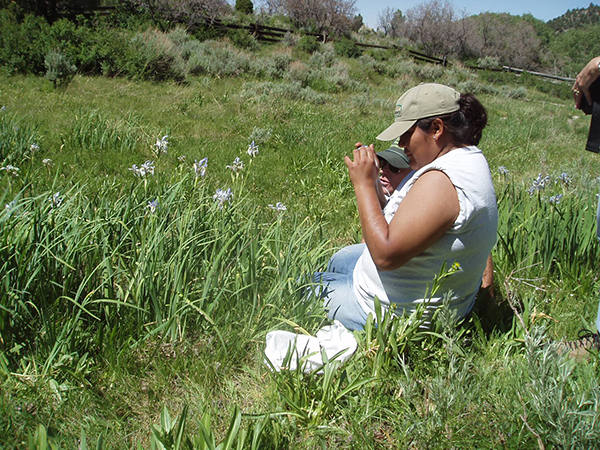
From 2005-2012 I had the opportunity to work with Northern Ute women on an Ethnobotany project. The examination of the collaboration between anthropologists and tribal members concerning traditional ecological knowledge (TEK) is an important, and arguably seminal, contribution to a growing focus within applied anthropology. I worked collaboratively on the writing of an article with Betsy Chapoose (Northern Ute), "Planting a Seed: Ute Ethnobotany, A Collaborative Approach in Applied Anthropology." This important discussion of participatory research through collaboration between anthropologists and tribal members relates to Northern Ute traditional ecological knowledge. Through a discussion of five different ethnobotanical projects we seek to explore, document, and revive Ute traditional ecological knowledge in the Rocky Mountain region of Colorado. This work contributes to a larger focus of applied anthropology in collaborative resource management and participatory research which continues to push the discipline ahead.
- Ethnographic Overview of Colorado National Monument
In 2011 I completed a five-year project with the Ute and the National Park Service. The final product was an Ethnographic Overview of Colorado National Monument, located in Grand Junction, Colorado. The approach was a collaborative one with the Northern Ute Tribe and is titled: "Talking About a Sacredness: an Ethnographic Overview of Colorado National Monument."
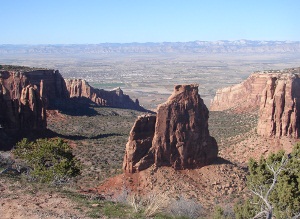
- Semester at Sea
In the fall of 2006 I went around the world on a ship--the experience changed my life. Below: Angkor Wat (Cambodia), Giza Pyramids (Egypt), and Burma (aka Myanmar).
